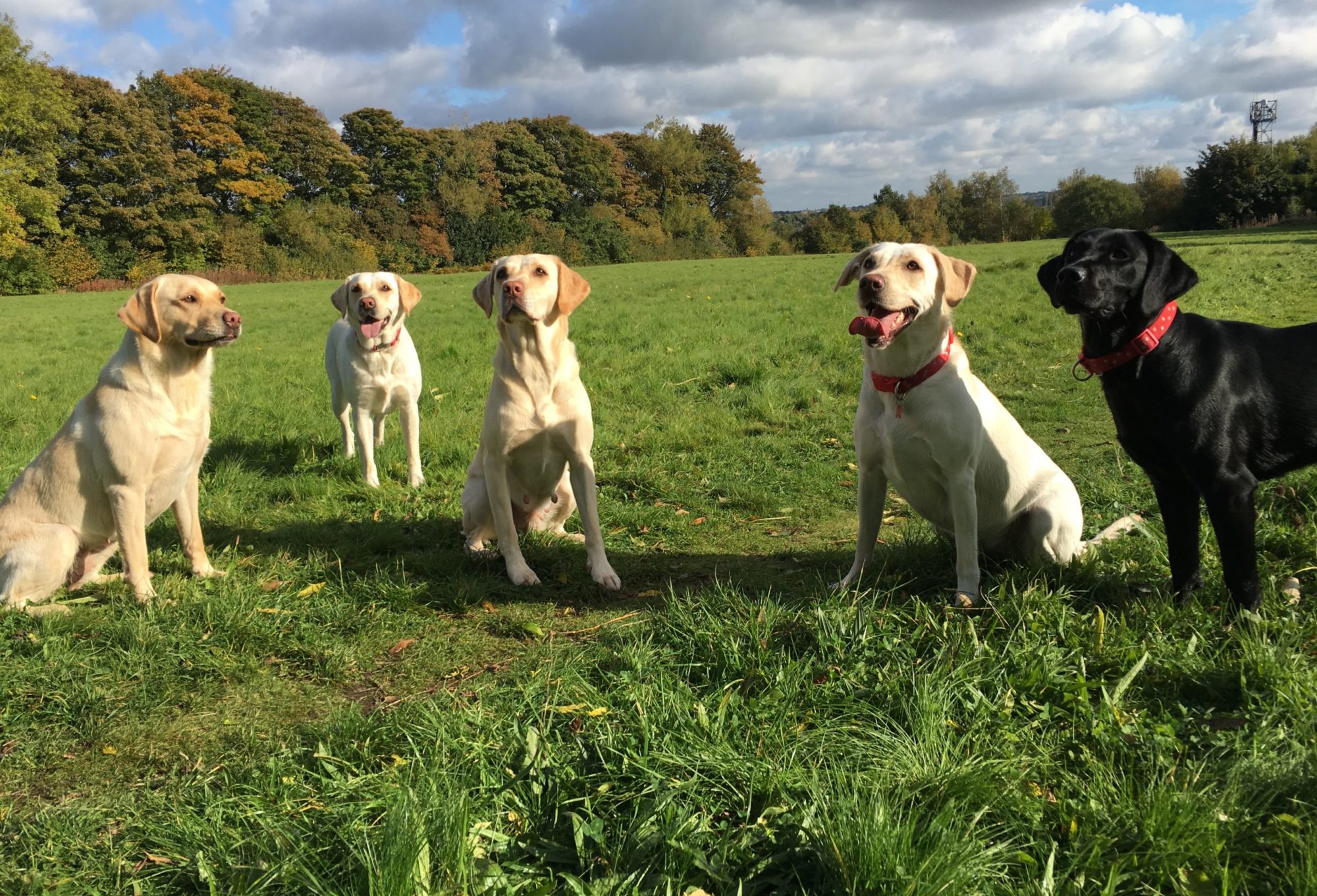Labrador Retrievers belong to the Gundog group of dogs and are currently one of the most popular dog breeds, both in the United Kingdom and in the United States according to the number of dog ownership registrations. Known for being the ‘Andrex’ puppy today, the Labrador’s origin goes back over 200 years, not to Labrador in Canada as many think, but to nearby Newfoundland. The modern day Labrador retriever is descended from the ‘St Johns’ dog. This name was used as early as the 1500’s. Some even call these dogs Newfoundland dogs because two breeds of working dogs were present in the region at that time: the Greater Newfoundland and the Lesser Newfoundland or St. John’s dog. The Greater Newfoundland was used mainly to haul carts loaded with 200 to 300 pounds of fishes. These dogs were really big and had a coat that was both longer and ticker than that of the Lesser Newfoundland or St. John’s dog. The Lesser Newfoundland or St. John’s dog accompanied fishermen to help in their fishing occupation. These dogs would get into the often icy water and bring back fishes that had fallen off from the fishermen’s hooks. They would also haul fishing nets in the water. The Lesser Newfoundland or St. John’s dog had a coat that can repelled water and could stand the coldness of the winter sea. The Lesser Newfoundland or St. John’s dog also had webbed paws that they used for swimming. It is the Lesser Newfoundland/ St. John’s dog that is believed to be the ancestor of the Labrador breed we can see nowadays. The history of the Labrador retriever is therefore also the history of the Lesser Newfoundland/St. John’s dog. These fishermen’s dogs were noted for their love of water and of retrieving and for their excellent temperament. As a result they soon became popular hunting and sporting dogs too.
An important step in the history of Labrador Retriever was taken in the early 1800’s when the first St. John’s dogs were imported to Poole, England by the 2nd Earl of Malmesbury. He saw what these dogs could do and instantly liked them. He began calling them his Labrador Dogs. He might have got the name from Labrador which is located at the northwest of Newfoundland. As early as 1809, the Earl of Malmesbury started using St. John’s dog in England for shooting sports. a few years later another was set up by the 5th Duke of Buccleuch. These enthusiasts were important influences in the history of the Labrador. They bred and imported some more St Johns dogs, but not in any great numbers and the breed would probably have died out had it not been for a chance meeting between their sons in the late 1800s. As a result of the meeting between the 3rd Earl of Malmesbury and the 6th Duke of Buccleuch, and the gift of some breeding stock from Malmesbury to Buccleuch, a successful breeding program was established at the Buccleuch Kennels in Scotland in the 1880s. The Buccleuch breeding program was the foundation of the modern working Labrador Retrievers we know and love, and is still going strong today!
In 1903 the English Kennel Club acknowledged the Labrador retriever as a separate pedigree breed. It would take until 1917 before the American Kennel Club in the United States also recognized the breed. Labrador retrievers gained popularity during the 1920’s and 1930’s and the breed has become increasing popular over the succeeding generations, as a service dog, family pet and favourite all round shooting companion.
